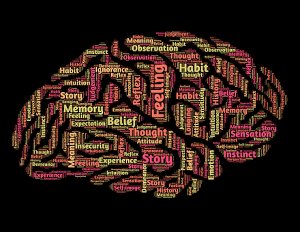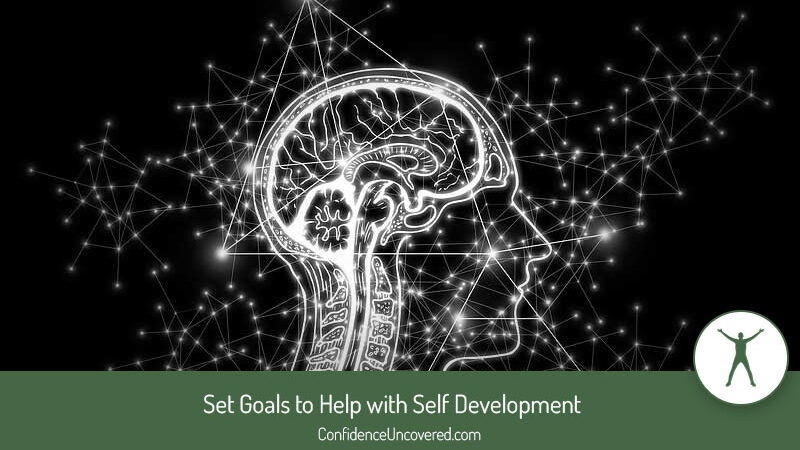3 Ways to Change the Way You Think

Throughout this website, you’ll find references to why you should change the way you think. And how our negative thought patterns influence our experiences.
Our negative thoughts, are often the most important factor in why we think so little of ourselves.
We’re brought up in a culture, where success and abundance are often seen as the summit of the good life mountain. And yet, we constantly convince ourselves that it’s a place we’ll never get to.
Because the negative beliefs we’ve got about ourselves hold us back.
Neuro-linguistic programming (NLP) has some wonderful tools to help you change your negative thought patterns. And I’ll tell you about a few of those tools today.
Tools to help change the way you think
Anchoring
The first tool, is called Anchoring. An anchor is very similar to a bookmark.
When you’re reading a book, it’s likely you’ll come across certain items you want to remember.
If you try to keep them in your head, in a short space of time, it’s likely you’ll forget what it was you wanted to remember.
So, you fold the corner of the page over, or something similar. That way, when you want to look again at that item, you can just flip immediately to the page and read it.
An anchor works in the same way.
You recollect a time when you were experiencing the emotion you want to experience, again. Then, you anchor it by associating those feelings and emotions to an outside stimulus, usually a gesture of some kind.
 So, Anchoring works by conditioning a stimulus, to cause a specific response. In effect, it changes you way you think, creating those good feeling automatically.
So, Anchoring works by conditioning a stimulus, to cause a specific response. In effect, it changes you way you think, creating those good feeling automatically.
In simple terms, let’s say you wanted to be able to feel more Motivated.
Start by remembering a time in the past, when you experienced those intense motivated feelings.
Then, remember all the sensory cues associated with how you felt (e.g. what you saw, what you heard, were there any distinctive smells, etc.?).
When that memory is at its most intense point, associate those feelings to an anchor (e.g. tap your head, pull your index finger, pinch your earlobe, etc.).
Then, take a short break.
Then, repeat the same steps again. The more often you boost the anchor by repeating the process, the stronger the effect will be.
Once you’ve anchored those feelings, you can test it. Fire the anchor by doing the associated gesture (e.g. pull your finger, pinch your earlobe, etc.), to elicit those intense feelings from your past memory.
Now, whenever you need to feel motivated, you can just fire the anchor and give yourself an immediate boost.
While we’re on the subject of helping to change the way you think using Anchors, I’d like to share with you a video from Tony Robbins.
In it, he uses anchoring to help a guy who’s suffered from a debilitating speech impediment for 30 years.
Now, I realize that the subject itself isn’t relevant to what we’re talking about here, but it demonstrates the huge effect it can have. (It’s about 10 minutes long)
Meta-modelling
A meta-model, is basically, a set of questions, designed to challenge and then expand our model of the world (our map of reality). Usually, how we decide to see the world around us is restricted, because of the way we generalize, distort and delete, through our speech.
The original developers of NLP, John Grinder and Richard Bandler explained,
People create faulty mental maps of reality. They fail to test their linguistic & cognitive models against the experience of their senses.
Which in layman’s terms, means that we accept what our beliefs are telling us, even if they don’t match with what we’re seeing in our everyday life.
So, by analyzing, then changing the way we use our language, we can develop a better model.
 Generalizations are things like… “This always happens to me”, or “I’ll never get this right”, etc.
Generalizations are things like… “This always happens to me”, or “I’ll never get this right”, etc.
Deletions occur most prominently for people with a low self-esteem, or self-confidence.
Because they have a low opinion of themselves, they’ll readily accept the negative things people say about them. But don’t acknowledge the compliments they get, as being relevant.
And finally, distortions are when we make an unrealistic judgment about something, without any proof.
For example, “Joe hasn’t called me for a week THEREFORE, I must have done something to upset him”.
The good news, is that you change your model of the world. Just ask questions whenever you hear yourself using either a generalization, a deletion, or a distortion.
Let’s give you some examples…
If you find yourself using a generalization such as… “All Men are arrogant”. Stop, and ask yourself questions like, “Is that really true? Are ALL Men arrogant?” “Do I know any men who aren’t arrogant?”
If you use a deletion, such as brushing off a compliment, ask yourself… “Could what this person is saying, be true?”.
And if you use a distortion like… “Joe hasn’t called me for a week therefore, I must have done something to upset him.” Ask yourself if there could be another, different reason why he hasn’t called?
Using this type of questioning can help you become much more resilient to what are called, cognitive distortions, or thoughts that cause you to inaccurately perceive reality.
Re-framing
Re-framing is exactly what it sounds like.
When you experience an event, that event is filtered through your belief system.
Your belief system gives you a frame of reference. But, if that frame of reference is negative, you have the power to re-frame it into a positive one.
As I’ve mentioned before, our emotions are there to help us. Even if we think they’re restricting the things we want to do.
Our mind has developed some powerful skills to protect us from danger. Unfortunately, they can be a bit over zealous at times and jump to unhelpful conclusions.
 Let’s use use the example of a fear of flying (Aerophobia).
Let’s use use the example of a fear of flying (Aerophobia).
When the time comes to get onto a plane, your ‘fear of flying pattern’ starts to run.
You begin to think of all the reasons you shouldn’t be getting on the flight. Things like, “What if the landing gear breaks?”, “What if one of the engines catches fire?”, etc. And you go into a tailspin (pun intended 😉 ).
The way to re-frame this, is to focus on all the positive aspects, flying will give you.
A great example is that approximately 1.35 million people die in road accidents every year, that’s an average of 3,700 people per day!
In the whole of 2019, only 287 people died in a plane crash!
Therefore choosing to drive there, means you’re 4,704 times more likely to die, than if you went by plane! So, by choosing to fly, you’re actually increasing your chances of self-preservation.
This is just one example and you can use the same technique for almost anything you have a negative reaction to.
Final thoughts
Always check your beliefs for conflict. Usually, your mind is using an outdated pattern to try to keep you safe. But, by questioning the validity of these patterns, you can make positive changes.
There you have it. Three NLP tools that can help you change the way you think and make huge changes to your life.
Give them all a try and see which ones work best for you. Let me know in the comments how you get on 🙂




